If you’re itching for that pristine marble countertop look, without the price tag, you may consider painting your countertops instead. However, it is wise to consider the pros and cons before you paint faux marble on them.
As an Amazon Associate, I earn from qualifying purchases.
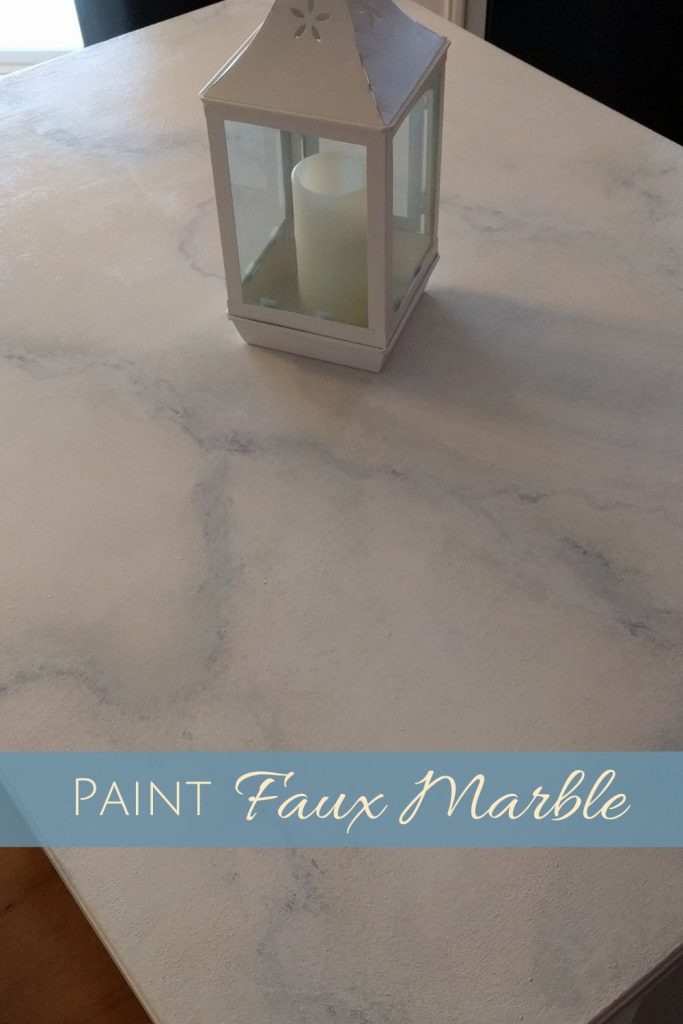
When living on a budget you must consider all options for home improvement projects. One such consideration is to paint faux marble on your countertops over dropping thousands of dollars for the real ones.
While it may seem like a fantastic option based on all of the YouTube videos out there, it does have its ups and downs as I have discovered after doing it, myself.
After 5+ years of living with this relatively cheap marble countertop alternative, I have gained some insight that would be useful to those considering it.
This post covers the valuable lessons learned long after you paint faux marble on your countertops.
Contents
Paint Faux Marble
How To Paint Faux Marble (Summary)
Before getting to the learnings, let’s go over how to paint faux marble on your countertops from a high-level perspective. Knowing how it is done can help give context to things you can learn from it.
Generally, the idea is to become something of an artist and create a marble-like design on your countertops with paint and finishes. This is done through various techniques using an assortment of tools.
Sponges, paint brushes, feathers, and even ripped cardboard can all help paint the masterpiece. I used varying sizes of paint brushes to paint and soften the veins and texturized them with various synthetic sponges.
A wonderful thing about marble is that it comes in many varieties. Most are a base white with darker veins but some are the inverse of that.
There are also various types of patterns you can emulate to your taste. It is as simple as finding some sample images you like and taking inspiration from them in your faux marble design.
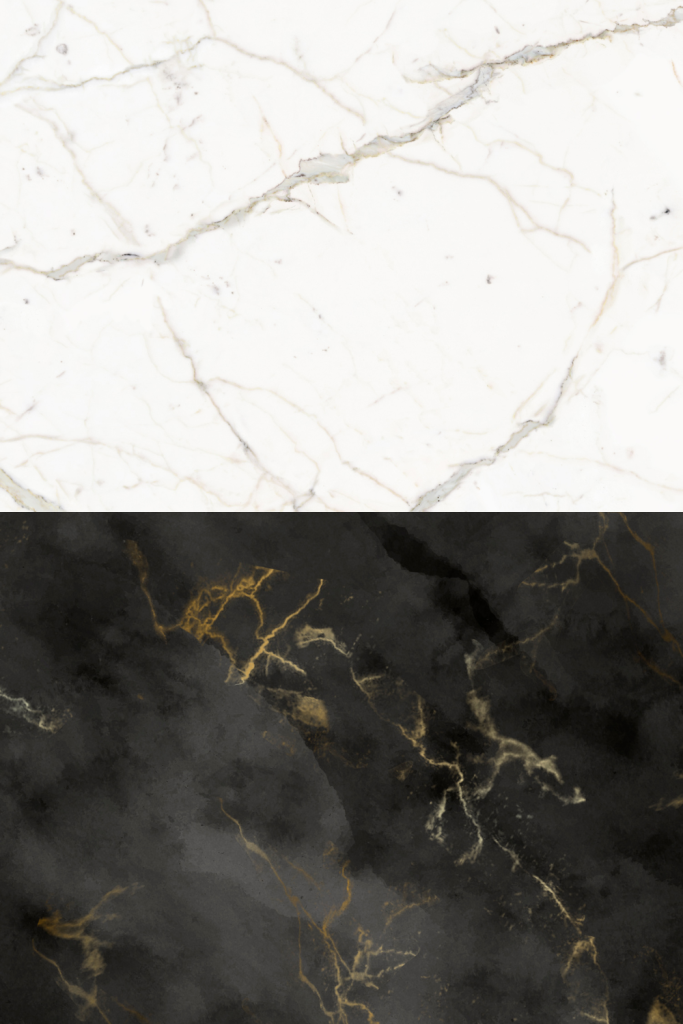
In addition, using paint to get a similar look as true marble countertops can be super cheap, relatively speaking.
This brings us to our first lesson:
Lesson #1: Depending on how it’s done and the materials used, opting to paint faux marble on your countertops could turn out really nice.
Just take a look at YouTube and you’ll find many videos of talented people that make it look really good. The current top result at the time of this writing is by Amy Howard At Home. Of course, it is not for everyone.
If you are picky about your house then you may want to consider spending more money for nicer options. If money is more of a concern, it may be worth it to save some funds with this project and others like it.
The Process
I decided to paint faux marble on my countertops in December of 2017. It took me a weekend to complete with an entire Saturday reserved for the project.

I don’t remember why but I chose to follow a tutorial by Danika Herrick on her blog Gorgeous Shiny Things. It’s likely because she explained and demonstrated how to paint faux marble very well in her YouTube video.
![]() NOTE: She also has a website for textiles & wallpaper that you can check out if that is your thing.
NOTE: She also has a website for textiles & wallpaper that you can check out if that is your thing.
Overall, the project was a fun experiment. It was nice to have the look of marble on my kitchen island countertop without paying for the real stuff. Bragging rights also became a bonus. (self-five!)
However, this leads me to our second lesson:
Lesson #2: To paint faux marble on anything requires some skill and practice. If you have low creativity or patience for it, it may not turn out favorably.
In other words, if you don’t like challenges or prefer it be done with little effort, you may want to skip this option. It can be a lot of work!
If you do decide to go for it, though, I think you’ll find that it can done relatively fast by one person. I completed the project alone just by following the tutorial.
If I can do it, I am confident that you could, too. Just be sure to do your homework and stick to it.
If you need a little support, you could always enlist a helper and make a party of it. It’s never a bad thing to ask for help, especially if the other person has relevant experience.
You may find it adds more to the project than just helping hands. Memories made can be just as valuable as time or money saved.
Selecting Finishes
Apart from painting, a big part of making your faux marble countertop look real is the finish.
Many kinds of marble and marble look-alikes are used in solid-stone countertops. Most of them have a very glossy finish that reflects light well.
Love it or hate it, if you want your countertops to look like marble, you’ll want that glossy finish. Most tutorials I’ve seen suggest using epoxy to achieve this.
However, that is not to say that you can’t opt for a flatter sheen using a different finish.

Take my project, for example. My wife didn’t care for the high-gloss look. She wanted a more subdued sheen without the high-gloss reflection.
That may be another reason why I followed that particular tutorial, it uses Minwax Polycrylic for the finish. Polycrylic doesn’t give the intense reflective finish that others like epoxy do.
So that was a great option for me to use in my situation except for one detail, the countertop’s surface.
Lesson #3: Consider lightly sanding your faux marble paint after drying between layers to make the surface as smooth as possible.
I found that the technique used to create the layers of the faux marble also created an uneven surface. This translated into bumps and divots across the countertop.
Bumps made the surface feel sticky and caused uneven ware while divots got food, dust, and other stuff trapped in them. Not fun to clean.
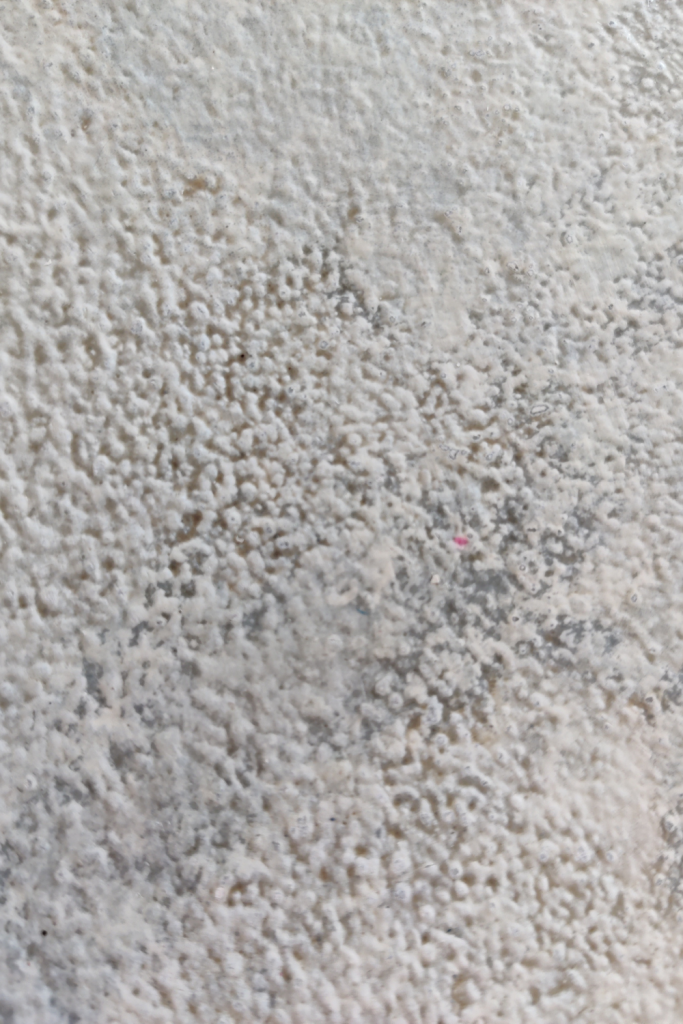
However, if you were able to flatten out the surface via sanding you may be able to mitigate those issues.
Material Challenges
The finish of your faux marble paint not only determines the aesthetic but also the usability of the countertops. Different finish products retain certain properties related to their use in the kitchen.
Specifically, the issue I ran into with my kitchen countertops is heat resistance.
Lesson #4: Using Polycrylic for the finish provided NO resistance against heat incurred through hot pots or pans, slow cookers, etc.

Looking back, I can see how a thin finish layer would not protect a painted surface from heat damage. Unfortunately, I now have permanent indents and footmarks on my countertop to remind me of that.
Unfortunately, failure to resist heat is not the only pitfall I’ve experienced with the finish on my countertops:
Lesson #5: There seems to be little scratch or stain protection gained when using Polycrylic as a finish.

The faux marble paint on my countertop has incurred many scratches and various stains over the years.
Some stains could be removed but others have become a permanent part of the “marble veining”, making it look as if the marble was just removed from the ground.
To be fair, I never re-coated the countertop with more Polycrylic every so often as suggested. This might have extended its life over time but, to me, having to apply the finish more than once is a downside in itself.
I mean, that is why they call it a “finish,” right?
Conclusion
So, the verdict. Would I do it again? (even if I did it a little differently)
The answer: No.
After many years of living with paint and Polycrylic on my kitchen island, it seems to me that the evidence is stacked against the painted faux marble countertop (at least with a Polycrylic finish).
To be honest, the project was relatively cheap to do, I did it over a weekend, it was fully customizable, and it was fun to do.
However, for all of the upsides, there are just too many downsides to justify the project, in my humble opinion. That is not to say that someone else couldn’t come to a different conclusion, though.
After all, maybe the issue is that I am not a good faux marble painter. Maybe I just needed to sand in between coats or use different paints.
There could be many reasons for someone else to say “yes” to the project. All I know is that from my experience it didn’t hold up that well long-term and I am left wanting something better.
One of the biggest things that should change is the surface. Having all of the bumps and divots collecting uncleanable grime really destroys the beauty of the faux marble paint.
To fix that, I am planning on replacing the old (painted) laminate with new, smooth, marble laminate. It is sure to be another fun project but hopefully, this one will outlast the current one and give better results as well.
Time will tell.
Are you planning to paint faux marble on your countertops?
Let us know in the comments below!

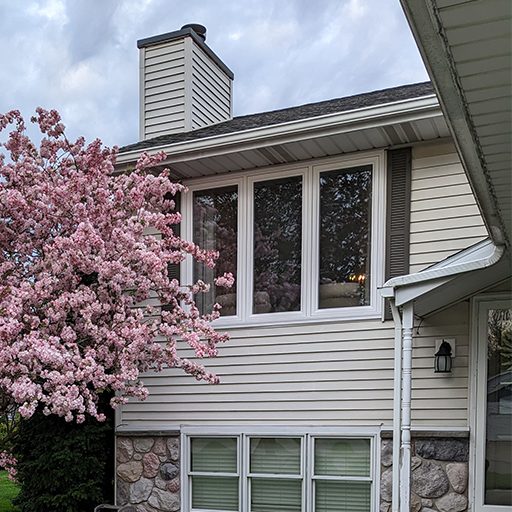
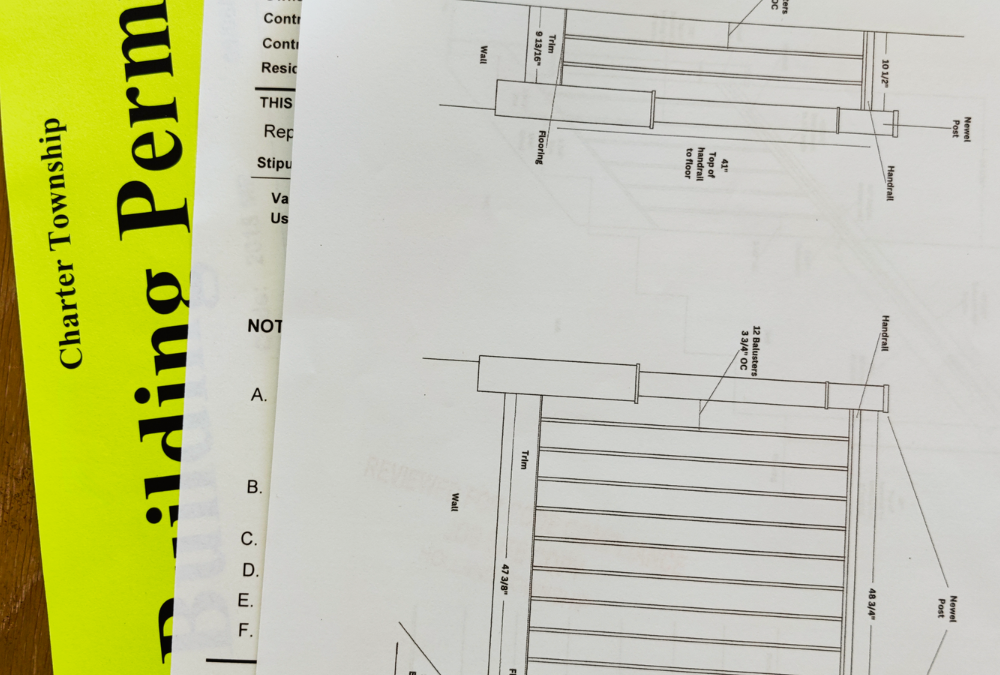

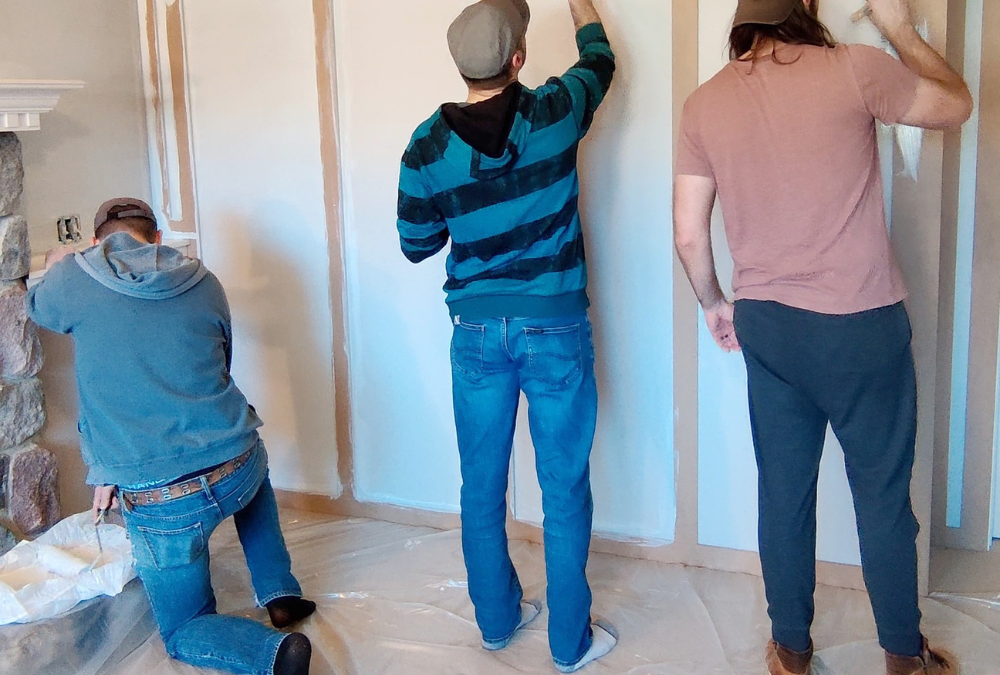
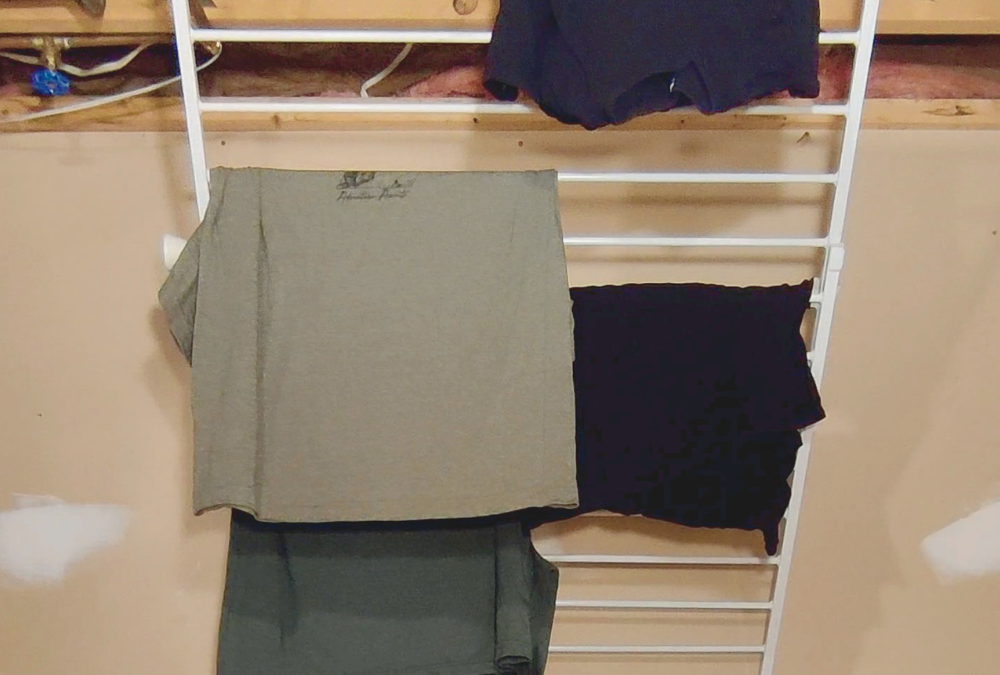
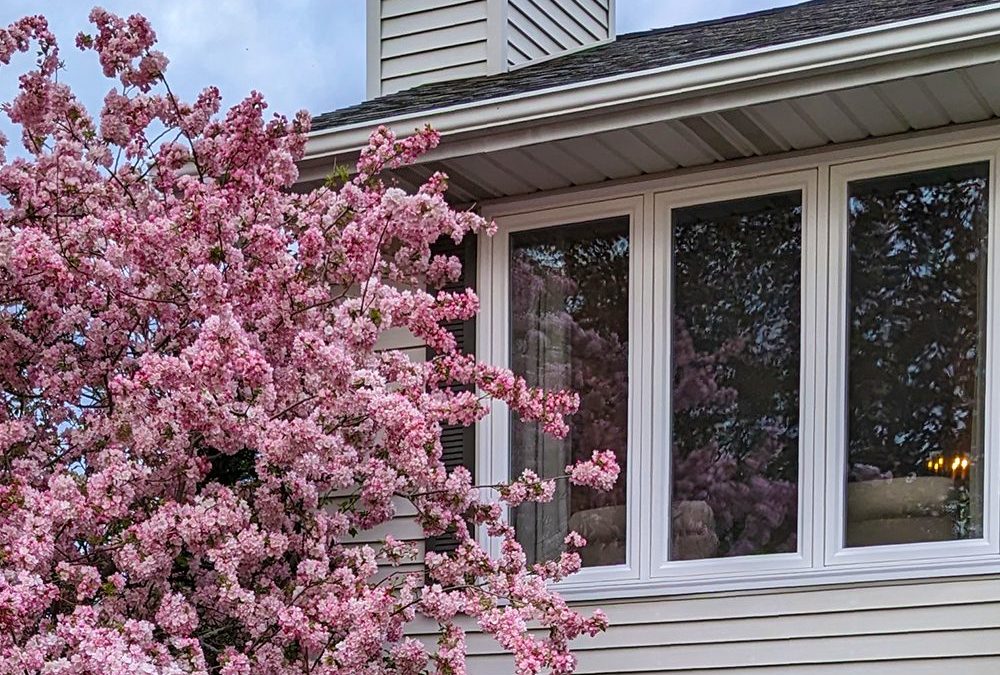
0 Comments